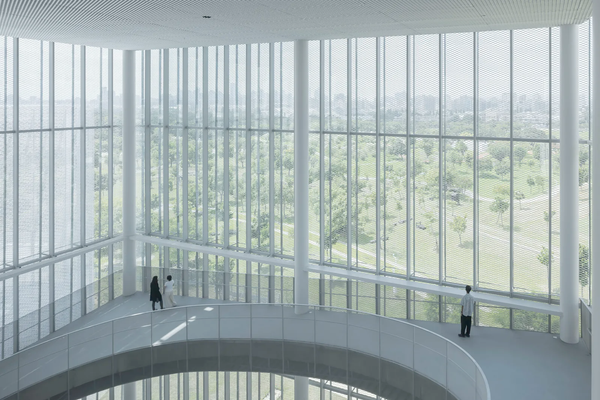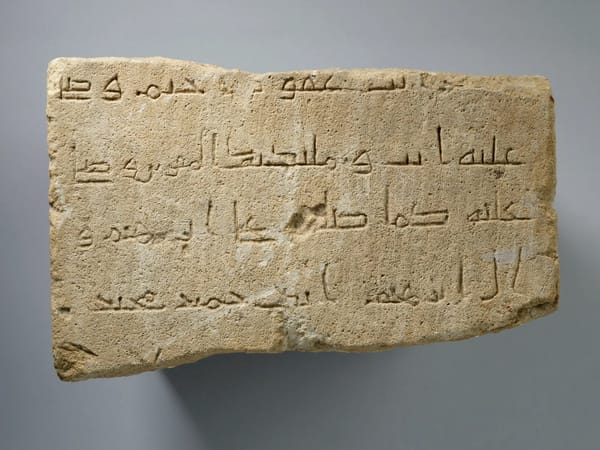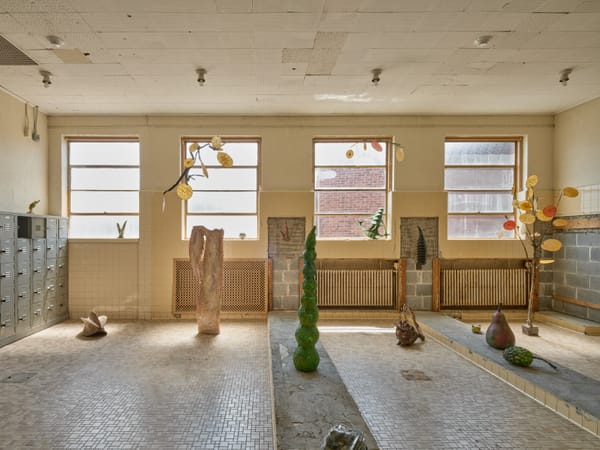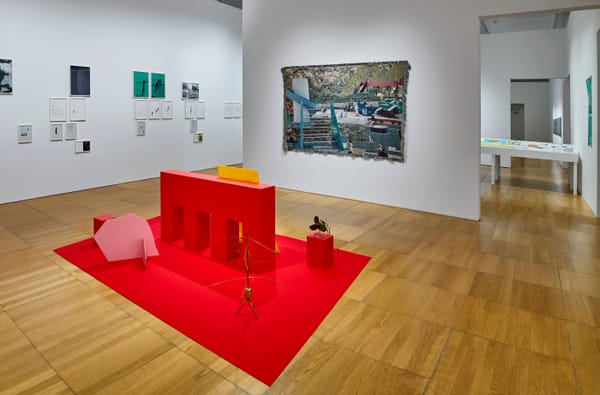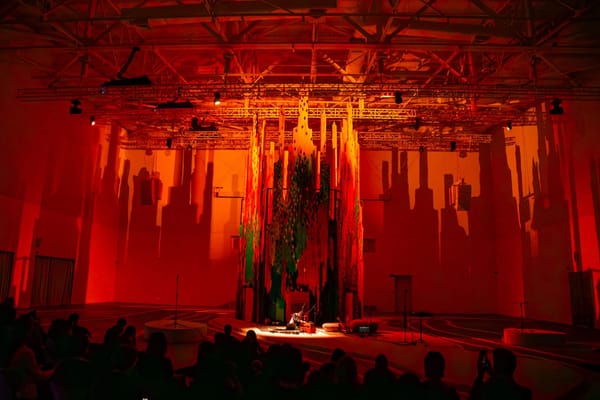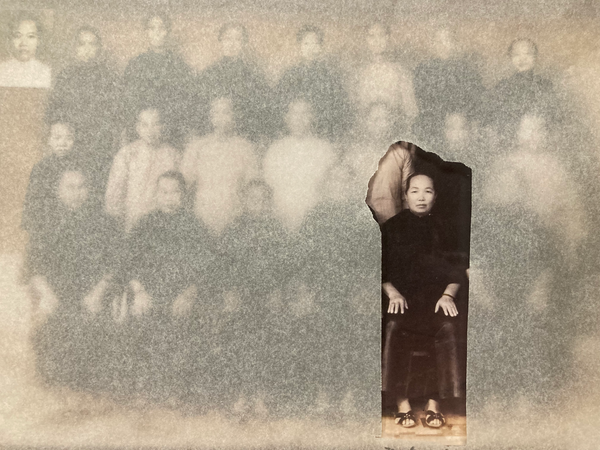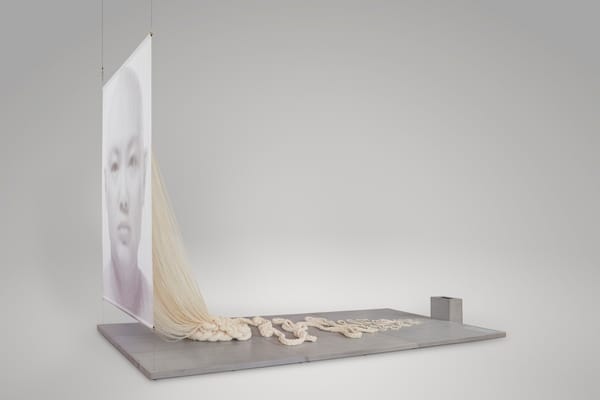Shows
“Beyond Boundaries: Art by Email”
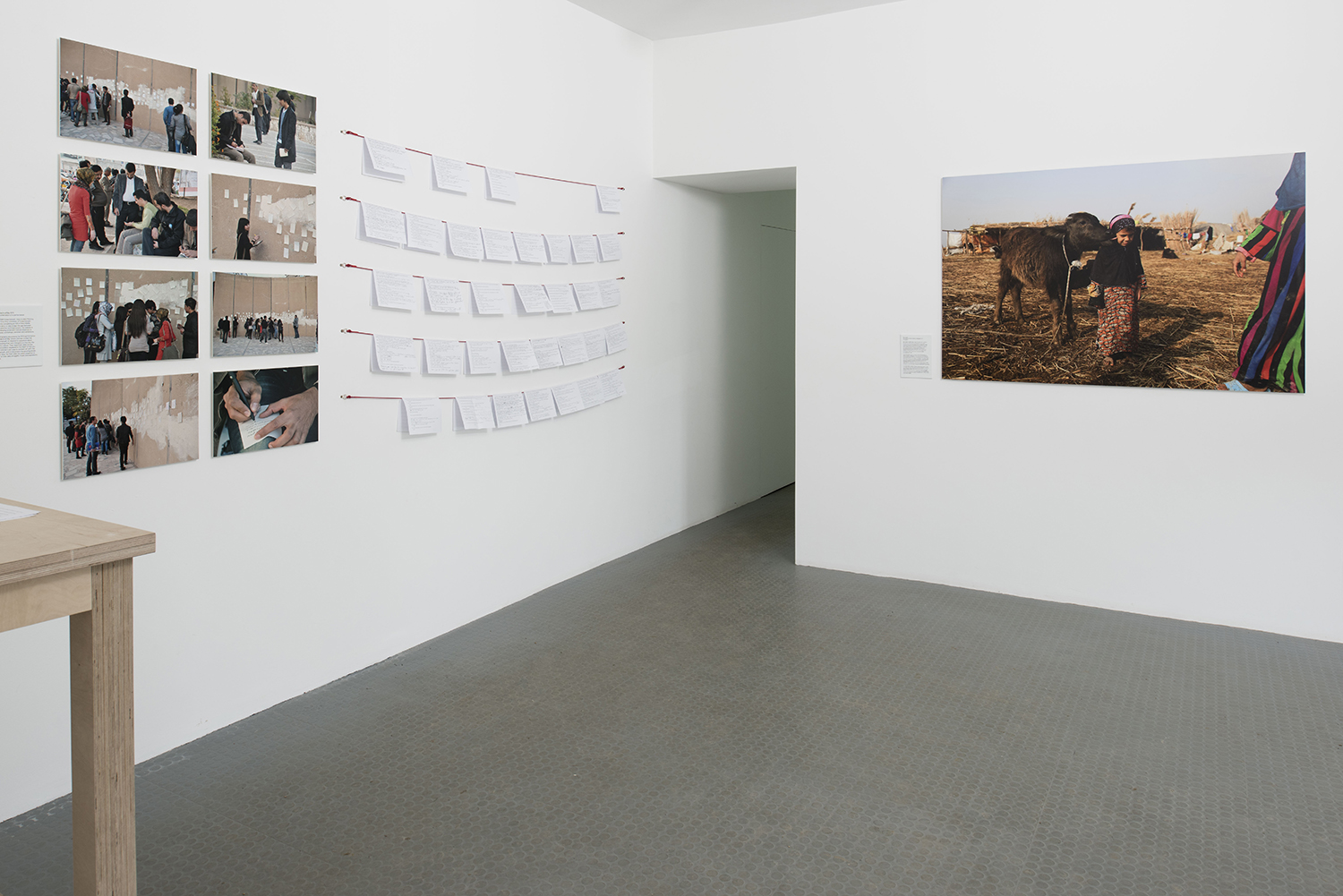

Located on the grounds of an 18th century estate, Yorkshire Sculpture Park (YSP) was the first center of its kind in the United Kingdom and, with its 500 acres of open-air exhibition space, remains the largest in Europe. Placing works by the biggest names in British sculpture among the rolling hills of West Yorkshire, YSP is a long way from the Middle East; although it has exhibited many international artists, government restrictions following the July 7 suicide bombings of 2005 in London have made it increasingly difficult for artists from the region to visit. Ironically, the bombers came from nearby Beeston.
“Beyond Boundaries: Art by Email” at the park’s Bothy gallery sought to address this difficulty. The exhibition began as an open call for electronically submitted work depicting the realities of contemporary life in Middle Eastern and North African countries, but also expressions of hope and resilience. Over 60 submissions of photography, film, sculpture and performance were made, often employing innovative solutions to the limitations of email.
It may seem strange that a sculpture park should mount an exhibition whose contents are spatially limited, but in the spirit of sculpture, these artists used the materials available to them to carve out a space of their own.
Many submissions were from documentary photographers who took inspiration from the human subjects and political circumstances around them. Younes Mohammad’s N.02 – Yezidi Refugee (2014) is an image of scarcity and hope: a man whose sole possession is a decorated cushion, the buildings and people around him equally threadbare, but his covered face nonetheless raised upwards.
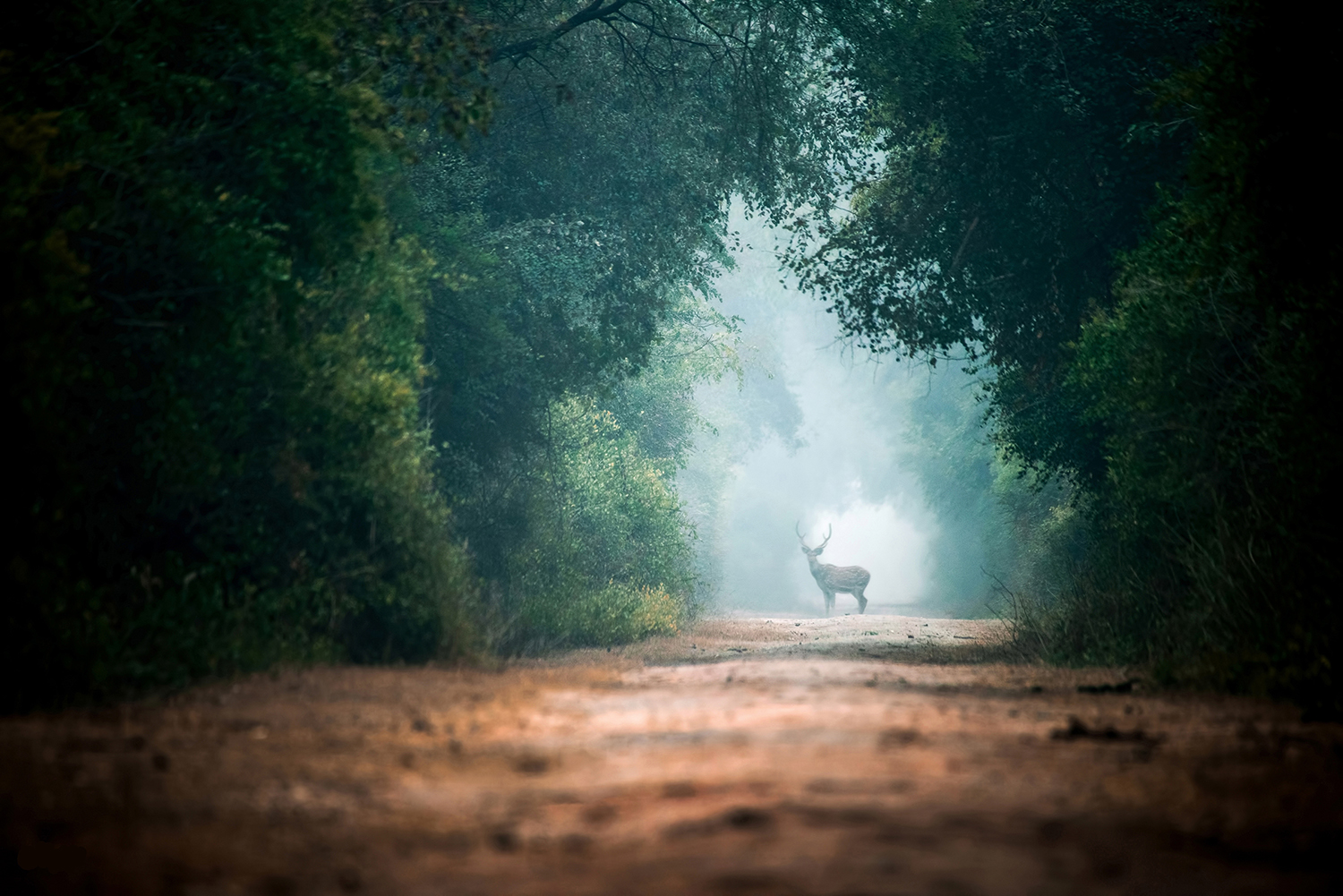
In a photograph from “The Garden of Eden is Likely to Disappear” (2015), a series documenting the lives of the Marsh Arabs who have lived in the so-called “Cradle of Civilization” in the south and east of Iraq for 5,000 years, Bnar Sardar also retains the humanity of her subject in the face of adversity; these people’s existence has repeatedly come under threat, but Sardar’s gently human image of a young girl frowning as a calf licks her ear made them neither victim nor object of study. Other images eschew politics and people all together, like Iraqi photographer Sabr Dri’s The Deer on the Road (2016), which is a simple acknowledgement of natural beauty and the human will to see it.
Elsewhere, Egyptian artist Mai al-Shazly’s two-channel video installation Undercurrents (2015) projected footage of the artist striking a punching bag and a shoal of fish swimming serenely and tirelessly against her as she swings and screams, exposing the tensions between individuality and community, complicity and resistance.
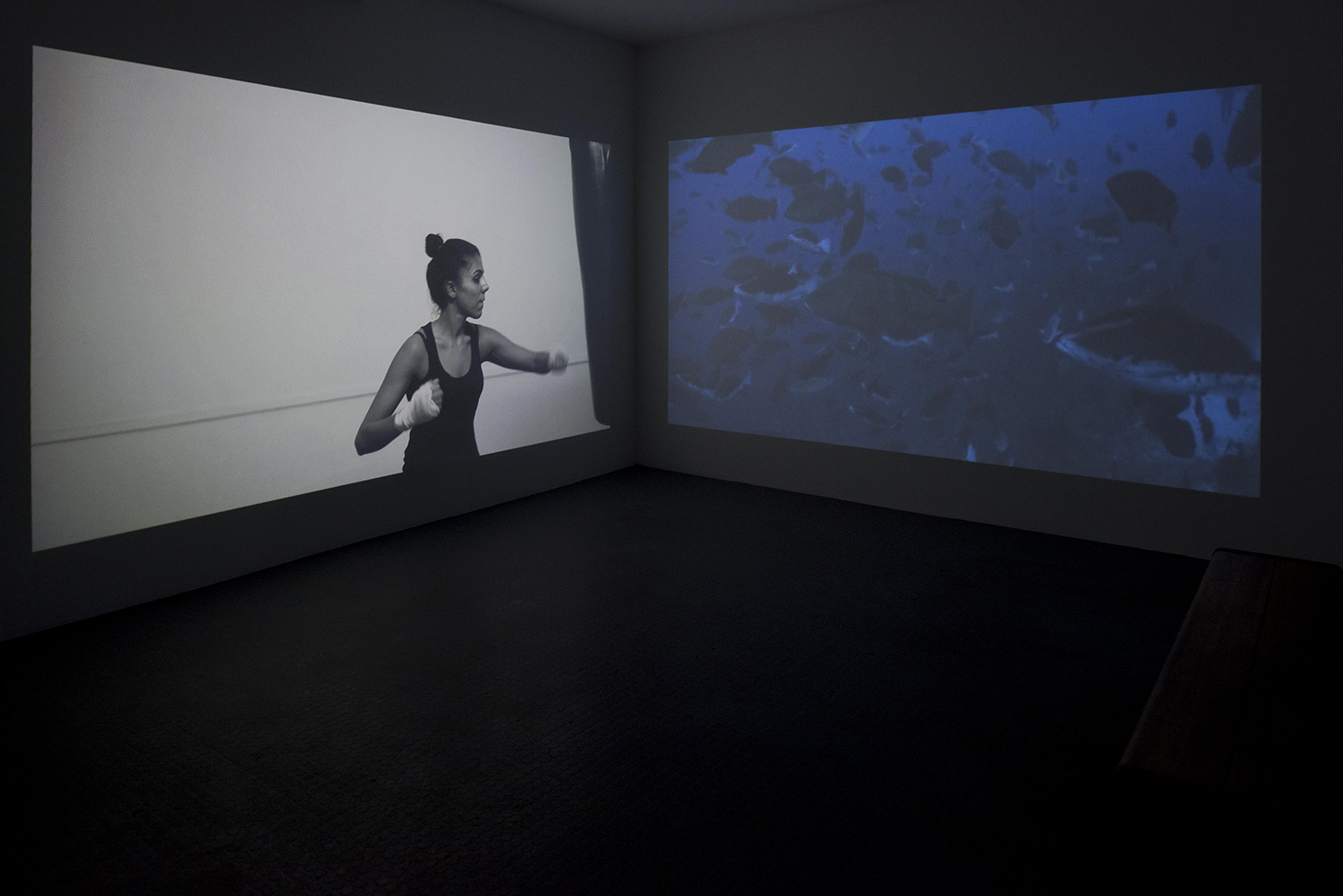
Some works found innovative ways to traverse both borders and time. Sahand Hesamiyan’s Pardis (2015/16), a 3D-printed sculpture consisting of hanging spindle-shaped objects meant to challenge the traditional forms of Iranian architecture, was created from instructions sent by email. Sahar Khorasani’s digital print of her illustration There is a Woman Living Inside Me (2014), meanwhile, draws influence from Persian miniature painting in its exploration of depictions of the “Eastern woman.”
Sarah Khalil’s Clown Inside Me (2016) was an especially poignant use of the material at hand. Referencing both her childhood dreams of becoming a clown, and the experience of children in Beirut’s refugee camps today, the film shows rehearsals and performances by Khalil and other volunteer clowns overdubbed with poetic musings on hopelessness. The contrast was powerful, and was made more so by the quiet resignation of the narrator’s signoff—“Hey think of something else”—before the soundtrack faded into myriad indistinguishable voices.
In Kurdish artist Rozhgar Mustafa’s striking film, I am Similar to My Father (2013), nine frames show the artist’s face with overlapping audio and imbricated emotion. In each, she repeats a word or phrase, leading to an overwhelming crescendo that signified the need for Kurdish women’s voices to be heard, as well as the feeling and urgency of their words. The film ends with only two tearful phrases remaining: “she was only 17” and “summer flower.”
“Beyond Boundaries” included many voices—too many to mention here—but each was distinguishable. Each artist built or carved out a practice with the materials available to them. True to form, YSP provided a fitting space for a group of diverse creators to voice their concerns found across the Middle East and North Africa.
“Beyond Boundaries: Art by Email” is on view at Yorkshire Sculpture Park, Wakefield, until March 5, 2017.
